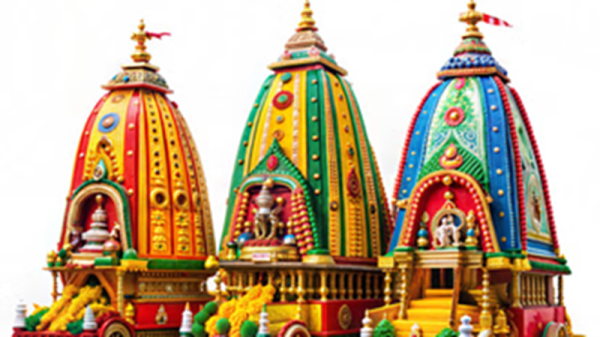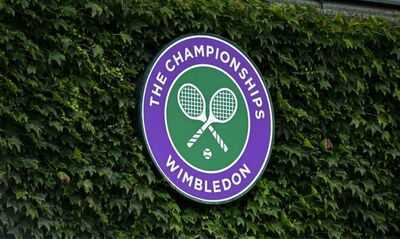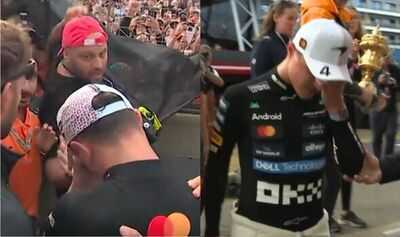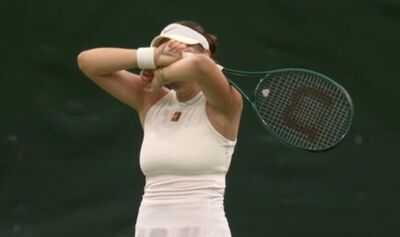
Jagannath Rath Yatra Secrets: Jagannath Rath Yatra is starting from 27th June this year in 2025. This grand journey starts from the Jagannath temple in Puri and goes to the Gundicha temple. It is believed that Lord Jagannath visits his aunt's house at Gundicha temple once a year with his sister Subhadra and brother Balabhadra, which is celebrated as Rath Yatra.

This journey is not just a religious festival, but the result of months of preparations. A team of special artisans work traditionally for years in the construction of chariots. Three huge chariots are made for this journey, for Lord Jagannath, Balabhadra, and Subhadra, which are constructed with special types of wood and traditional techniques.
Types of chariots
Three grand chariots are taken out during this Rath Yatra:
Taladhvaja Rath: Lord Balabhadra's chariot
Darpadalan Rath: Goddess Subhadra's chariot
Nandighosha Rath: Lord Jagannath's chariot
The construction of these chariots is a sacred and traditional process, which is not done by a single person but with the cooperation of seven traditional communities. This work begins every year on the day of Akshaya Tritiya when the cutting of wood is started first. This entire process of building the chariots lasts for months and special attention is paid to details and purity in it.
Major communities participating in chariot construction
Vishwakarma (Maharana) community: These people prepare the structure, height, and the entire framework of the chariot. The balance, strength, and traditional design of the chariot are decided under their supervision.
Carpenter community: These people do all the work of cutting and joining wood. They play an important role in making the wheels, axles, pillars, and stairs of the chariot.
Potter community: This community makes heavy and strong wheels for all three chariots. Four big wheels are made for each chariot.
Blacksmith community: They are responsible for making iron parts like nails, straps, and joints and fixing them firmly.
Tailor community: These people prepare clothes for covering the chariots as well as clothes for the gods. The chariots are also identified by their colorful clothes.
Gardener community: This community makes flower garlands, arches, etc. for the decoration of the chariots. A large part of the beauty of the chariots is the result of their hard work.

Painter community: Their job is to make traditional paintings, symbols, and colorful designs on the chariots. Every chariot has its special painting and symbolic decoration.
Apart from these seven communities, many local people, servants, the Panda community and voluntary organizations also cooperate in making this event successful. But these seven communities play the main role in the construction of the chariots.
PC Social media









